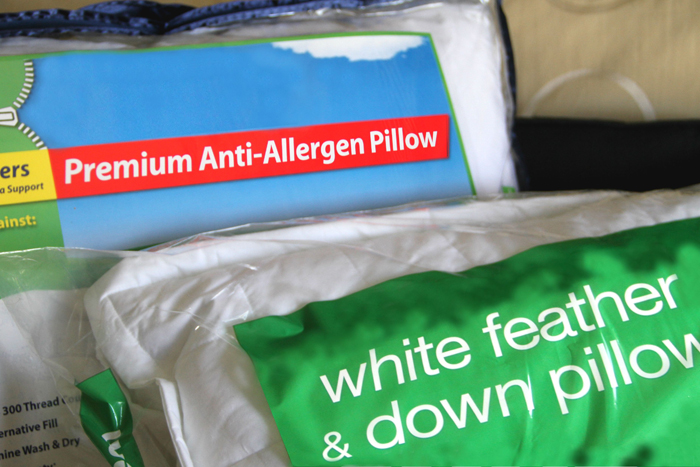
Three Common Indoor Allergy Myths Busted

Dr. Nabeel Farooqui is an allergist at The Ohio State University Wexner Medical Center. He contributed this article to Live Science's Expert Voices: Op-Ed & Insights.
This time of year everyone's attention is on allergies — most importantly, how to stop them in their tracks. I have patients each spring who complain about symptoms while indoors — even though there is no pollen exposure inside.
As it turns out, most of these patients have indoor allergies, which can be hard to escape. Frankly, there are a lot of indoor allergy myths that sufferers buy into which can actually make them feel worse.
Allergy Myth #1 - Hypoallergenic Pets
I often see patients who, because they are allergic to pet dander, thought getting a hypoallergenic pet would be okay. Wrong! These special pets are one of the biggest myths in the allergy world . In short, hypoallergenic pets don't really exist.Most people don't realize that it's not the animal's fur that causes their allergy problems — it's their dander, or tiny flecks of protein found in their skin, saliva and urine. I tell my patients to wash their pets at least once or twice a week and use a HEPA air filter in their bedroom, which should be a pet-free zone.
Allergy Myth #2 - Bedding
Another myth is that feather pillows and down comforters cause allergic reactions. This has led to a boom in sales of down alternatives and "anti-allergen" pillows. However, if you test the two types of pillows side by side, this myth is quickly put to rest. As it turns out, you don't need to get rid of your feather bedding. It's more likely that you're allergic to the dust mites in the bedding rather than the feathers themselves.
Sign up for the Live Science daily newsletter now
Get the world’s most fascinating discoveries delivered straight to your inbox.

Studies show down alternatives can make things worse because loosely woven casings allow dust mites, dander and mold spores to collect inside. Whether it's down or synthetic, look for high-quality, tightly-woven casings and wash bedding regularly in hot water. [Allergy Medications: Which Drugs Treat Which Symptoms ]

Allergy Myth #3 - Mold
The third myth I'd like to dispel is about the black mold in your basement, bathrooms and showers. You hear stories all the time about toxic, even fatal reactions due to black mold. These reports are often based on weak evidence and haven't been confirmed in studies. It is possible for black mold to cause allergic reactions and irritate your nasal or lung symptoms, but the amount normally found in homes has not been proven to be toxic. If you find some black mold in your house, you can make a cleaning solution with bleach and water to remove it.

The best advice I can offer allergy sufferers is to work with a board-certified allergist to determine exactly what you are allergic to and the best course of treatment. I've seen many patients who think they're allergic to one thing when it turns out to be something completely different.
Follow all of the Expert Voices issues and debates — and become part of the discussion — on Facebook, Twitter and Google +. The views expressed are those of the author and do not necessarily reflect the views of the publisher. This version of the article was originally published on Live Science.










